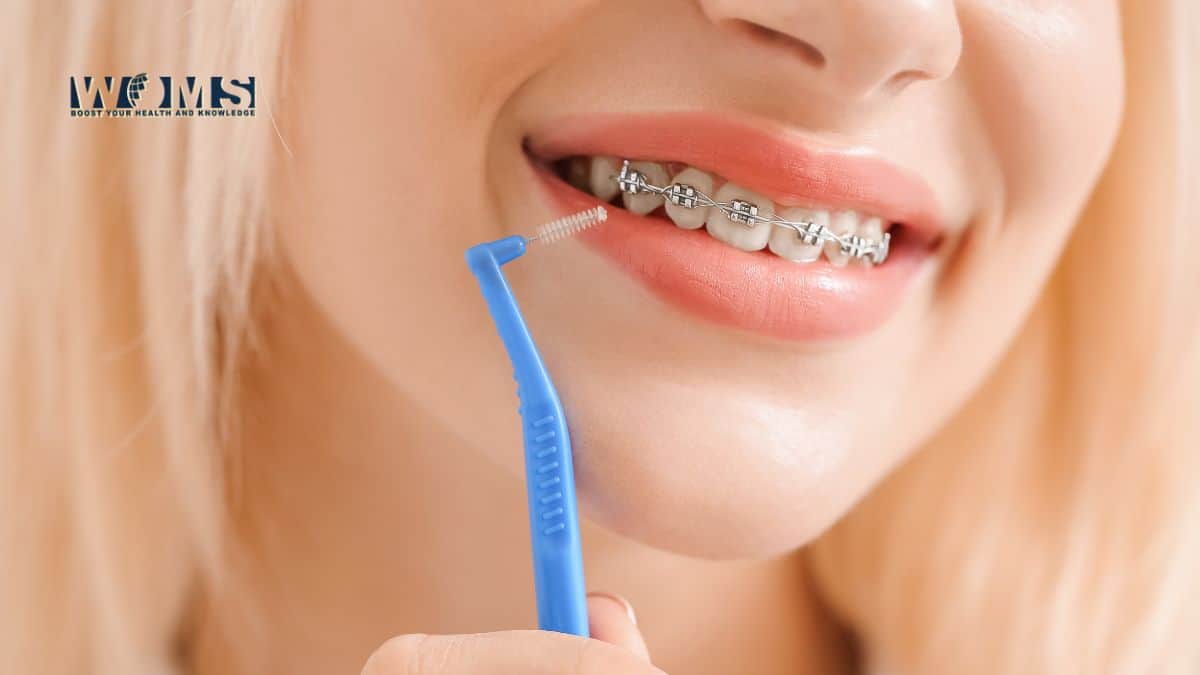Are Cavities Common After Braces? Let’s find out

Orthodontic treatment isn’t just about achieving that perfect smile; it significantly boosts your oral health too. People who’ve had orthodontic work often boast better oral hygiene than those who haven’t. This is because straight teeth are easier to clean, making everyday oral care more effective and reducing the risk of tooth decay, gum disease, and bone disease. Plus, there’s the bonus of mental health benefits following treatment.
However, there’s a myth that braces lead to cavities once they’re removed. If you’ve heard such rumors, we’re here to set the record straight.
What Exactly Is a Cavity?
We all grew up knowing cavities are bad news, but what are they? Cavities, or dental caries, form when areas on the teeth get damaged due to bacterial acid. Bacteria feast on the sugars in our diet, producing acid as a byproduct. Regular brushing and flossing keep these bacteria at bay, but neglecting oral hygiene can lead to plaque buildup, more bacteria, more acid, and eventually, cavities.
Unchecked cavities can cause severe pain, dental abscesses, gum disease, and permanent tooth damage.
Cavities and Braces: The Connection
While braces pave the way for improved oral health, they do introduce a higher risk of cavity development during treatment. The main reason? Braces can make oral care tricky.
Flossing with braces can be a chore, turning a quick routine into a lengthy ordeal. Brushing also requires extra effort to clean around brackets and wires thoroughly. Without diligent care, plaque might just have a field day, leading to cavities.
Keeping Teeth Healthy with Braces
Fear not, though. Many people complete their orthodontic journey cavity-free. To join their ranks, consider these tips:
- Use an Electric Toothbrush: Research indicates that electric toothbrushes outperform manual ones in removing plaque. They’re especially handy during orthodontic treatment, helping keep those cavities away.
- Brush Around Each Bracket: Plaque loves to hide around brackets. Make it a point to brush above, below, and between every bracket, using an oscillating brush head if possible.
- Explore Flossing Alternatives: Traditional flossing can be a hassle with braces. Look into thread floss or water flossers designed to make the process easier.
- Incorporate Fluoridated Mouthwash: Fluoride strengthens teeth against cavities. Adding a fluoridated mouthwash to your routine can give your teeth an extra layer of protection.
Invisalign: A Cavity-Conscious Alternative
For those worried about the oral health implications of braces, Invisalign might be the solution. As a popular clear aligner option, Invisalign’s trays are removable, simplifying oral hygiene routines and reducing the risk of cavities.
Partner with an Orthodontist Who Cares
Choosing the right orthodontist is crucial. At Orthodontics in Woodland Hills, we’re committed to not just transforming smiles but ensuring your oral health remains top-notch throughout treatment. Our approach includes:
- Tailoring efficient treatment plans for every patient.
- Supporting excellent oral health from start to finish.
- Always prioritizing patient comfort.
Don’t let the fear of cavities deter you from getting braces. With the right practices and a dedicated orthodontist, you can enjoy the benefits of orthodontic treatment without compromising your oral health.




